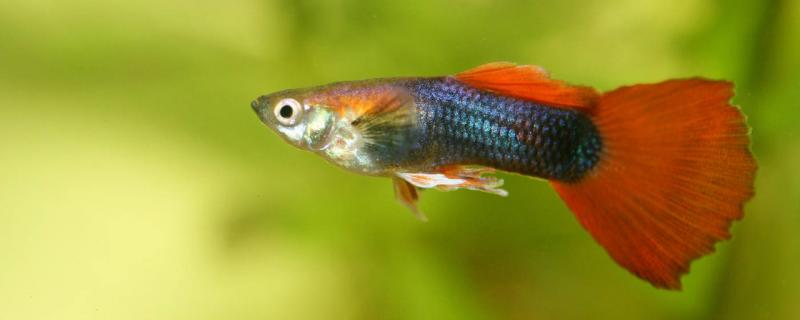 1. Signs of fish spawning
1. Signs of fish spawning Before spawning, the belly of fish will bulge, and at the same time, it will avoid other fish and choose to hide in a quiet place, waiting for reproduction. Fish are usually oviparous, and a few are oviparous or even viviparous. Oviparous fish are generally fertilized in vitro, and their eggs hatch in water. Oviparous fish are fertilized in vivo, and their eggs will not be produced until they hatch in the fish. There are very few viviparous fish, and only a few sharks use this method.
2. Treatment method after spawning1. Fishing out parent fish: After spawning, in order to avoid the parent fish swallowing the eggs, it is necessary to fish them out at the first time. Of course, not all fish will eat their own eggs, and many fish even have the habit of protecting eggs. In order to avoid females from approaching their eggs, males even attack them.
2. Check fertilization: Not all fish eggs can hatch small fish. If they are not fertilized, the eggs will rot in the water, which seriously pollutes the water quality and is not conducive to the health of fish. Therefore, it is necessary to check the fertilization of fish eggs. If the overall color is white and there are no black spots on it, it means that it is unfertilized and needs to be fished out and cleaned in time.
3. Fish eggs hatch: For fertilized fish eggs, you need to wait quietly for them to hatch. The hatching time is not fixed. Some fish pieces and others are slow, but usually no more than one week. The speed of hatching is often closely related to the water temperature. Usually, if the water temperature is high, the larvae will soon film, while if the temperature is low, it will take a long time to form.
4. Larval feeding: Do not feed the larval on the first day of hatching. At this time, the fish has not fully absorbed the yolk sac, so it does not eat. Feeding should be carried out after the next day. Soymilk or milk should be selected as the food, and cooked egg yolk can also be used, but the amount must be controlled well, otherwise it is easy to break the water and affect the survival of fish.